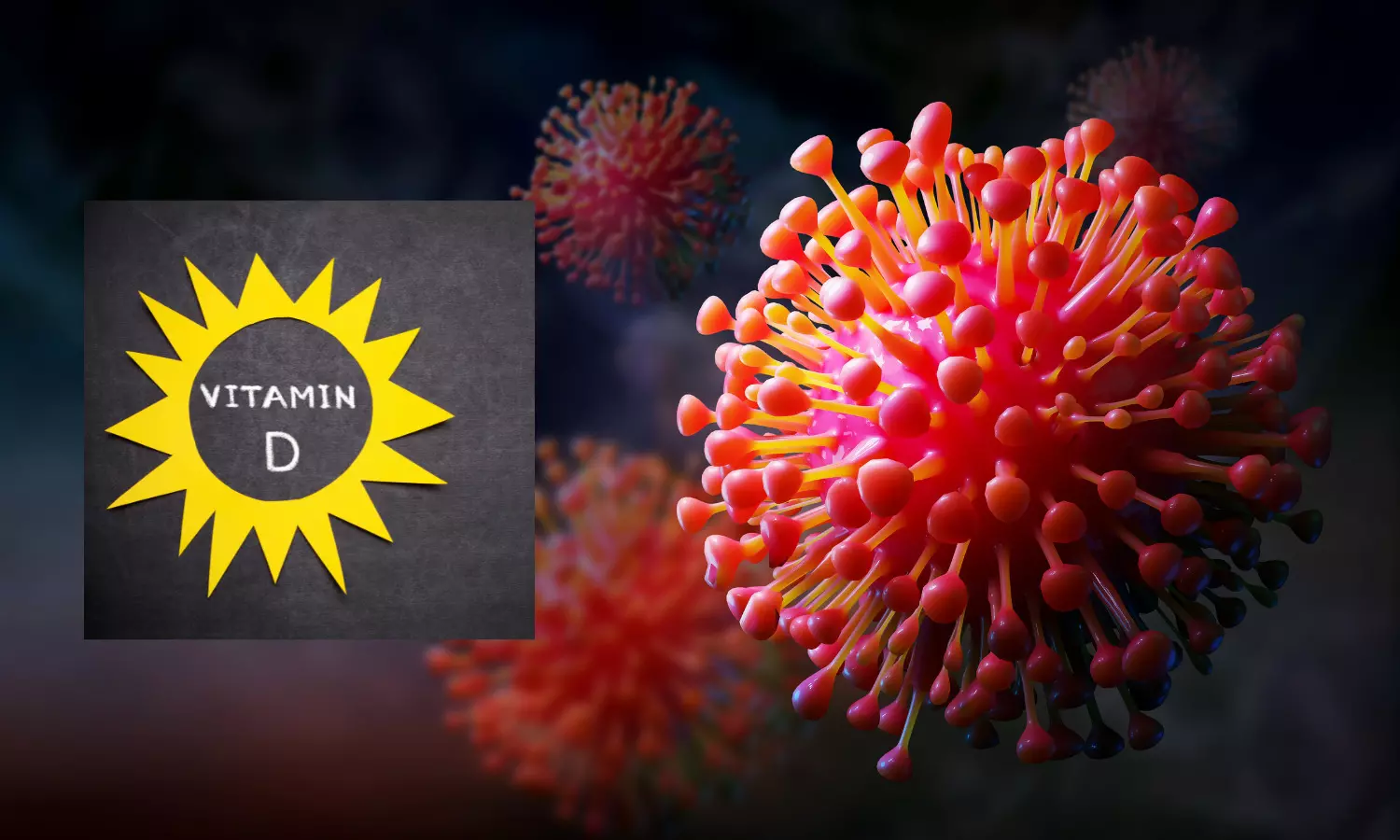- Home
- Medical news & Guidelines
- Anesthesiology
- Cardiology and CTVS
- Critical Care
- Dentistry
- Dermatology
- Diabetes and Endocrinology
- ENT
- Gastroenterology
- Medicine
- Nephrology
- Neurology
- Obstretics-Gynaecology
- Oncology
- Ophthalmology
- Orthopaedics
- Pediatrics-Neonatology
- Psychiatry
- Pulmonology
- Radiology
- Surgery
- Urology
- Laboratory Medicine
- Diet
- Nursing
- Paramedical
- Physiotherapy
- Health news
- Fact Check
- Bone Health Fact Check
- Brain Health Fact Check
- Cancer Related Fact Check
- Child Care Fact Check
- Dental and oral health fact check
- Diabetes and metabolic health fact check
- Diet and Nutrition Fact Check
- Eye and ENT Care Fact Check
- Fitness fact check
- Gut health fact check
- Heart health fact check
- Kidney health fact check
- Medical education fact check
- Men's health fact check
- Respiratory fact check
- Skin and hair care fact check
- Vaccine and Immunization fact check
- Women's health fact check
- AYUSH
- State News
- Andaman and Nicobar Islands
- Andhra Pradesh
- Arunachal Pradesh
- Assam
- Bihar
- Chandigarh
- Chattisgarh
- Dadra and Nagar Haveli
- Daman and Diu
- Delhi
- Goa
- Gujarat
- Haryana
- Himachal Pradesh
- Jammu & Kashmir
- Jharkhand
- Karnataka
- Kerala
- Ladakh
- Lakshadweep
- Madhya Pradesh
- Maharashtra
- Manipur
- Meghalaya
- Mizoram
- Nagaland
- Odisha
- Puducherry
- Punjab
- Rajasthan
- Sikkim
- Tamil Nadu
- Telangana
- Tripura
- Uttar Pradesh
- Uttrakhand
- West Bengal
- Medical Education
- Industry
Groundbreaking Treatment Offers Hope for Long COVID-19 patients with Parosmia

In a breakthrough study conducted by a collaborative team of medical professionals and ENT specialists, a novel treatment has shown promise for individuals suffering from long-term parosmia following COVID-19 infection. Published in the latest edition of the Journal of Otorhinolaryngology, the research investigates the efficacy of CT-guided stellate ganglion block (SGB) in patients with persistent parosmia unresponsive to conventional therapies.
In the persistent aftermath of COVID-19, long-term anosmia and parosmia have emerged as challenging sequelae, impacting the lives of individuals who have battled the virus. While strides have been made in treating anosmia, the same cannot be said for parosmia, a condition often resistant to traditional pharmaceutical and topical interventions. This resistance can result in profound consequences, including mood disorders, weight loss, and a diminished quality of life. Recognizing this unmet medical need, a collaborative effort with ear, nose, and throat (ENT) specialists sought to explore the potential benefits of CT-guided stellate ganglion block (SGB) in patients grappling with persistent post-COVID parosmia.
The study, led by experts in otolaryngology and radiology, enrolled 54 subjects, predominantly female, with a mean age of 46 and an age range spanning 14 to 71 years. Patients were referred by an olfactory subspecialist after enduring at least six months of post-COVID parosmia that did not respond to pharmaceutical or topical interventions.
The innovative procedure involved CT guidance to precisely position a 25-gauge spinal needle at the stellate ganglion, located at the T1 level. The injection comprised 1cc of Lidocaine, 40mg of Depo Medrol, and 2cc of an unspecified substance. Monitoring of symptom changes was conducted through scheduled survey responses.
Findings:
- Results from the study revealed that 65% of patients (37/54) provided follow-up data.
- Of this group, a remarkable 59% reported improved symptoms just one week after the SGB procedure.
- Moreover, 82% of those who experienced initial improvement continued to progress positively, with a significant increase in reported improvement by the end of the first month post-procedure (p=0.02).
- Nearly 49% improvement in symptoms was seen at 3 months.
- For patients who responded well to the initial treatment, a second contralateral injection was explored after a minimum 6-week interval.
- Nearly 26 subjects returned for contralateral injection.
- Strikingly, 100% of those who reported no improvement following the first injection showed no improvement after the second injection.
- However, 86% of subjects who reported some improvement after the initial injection reported additional benefits following subsequent contralateral injections.
- Notably, the study documented the occurrence of Horner's syndrome—a temporary condition affecting the eye—confirmed by examination in 95% of cases.
- Encouragingly, all signs of Horner's syndrome resolved within 30 minutes of the injection. No complications or adverse events were reported, highlighting the safety profile of the procedure.
The findings of this research suggest that percutaneous SGB, guided by CT imaging, holds promise as a viable treatment option for individuals grappling with long-term post-COVID parosmia. The efficiency and precision offered by CT guidance make it an ideal approach. Furthermore, the exploration of contralateral injections presents an intriguing avenue for additional therapeutic benefits, offering newfound hope and improved quality of life for those suffering from this challenging condition.
Further reading: Stellate Ganglion Block with CT Guidance for Post-COVID Parosmia. RSNA. Radiological Society of North America.
BDS, MDS
Dr.Niharika Harsha B (BDS,MDS) completed her BDS from Govt Dental College, Hyderabad and MDS from Dr.NTR University of health sciences(Now Kaloji Rao University). She has 4 years of private dental practice and worked for 2 years as Consultant Oral Radiologist at a Dental Imaging Centre in Hyderabad. She worked as Research Assistant and scientific writer in the development of Oral Anti cancer screening device with her seniors. She has a deep intriguing wish in writing highly engaging, captivating and informative medical content for a wider audience. She can be contacted at editorial@medicaldialogues.in.
Dr Kamal Kant Kohli-MBBS, DTCD- a chest specialist with more than 30 years of practice and a flair for writing clinical articles, Dr Kamal Kant Kohli joined Medical Dialogues as a Chief Editor of Medical News. Besides writing articles, as an editor, he proofreads and verifies all the medical content published on Medical Dialogues including those coming from journals, studies,medical conferences,guidelines etc. Email: drkohli@medicaldialogues.in. Contact no. 011-43720751




